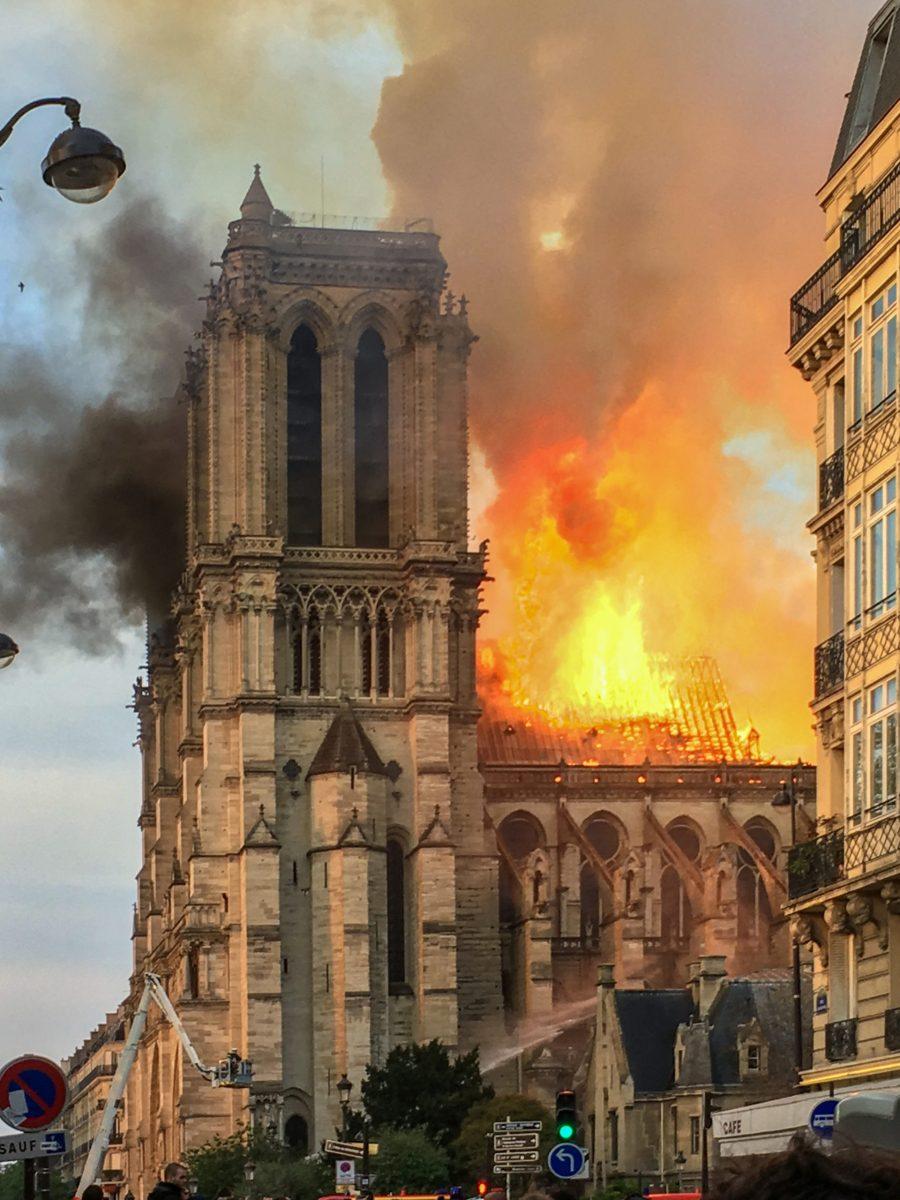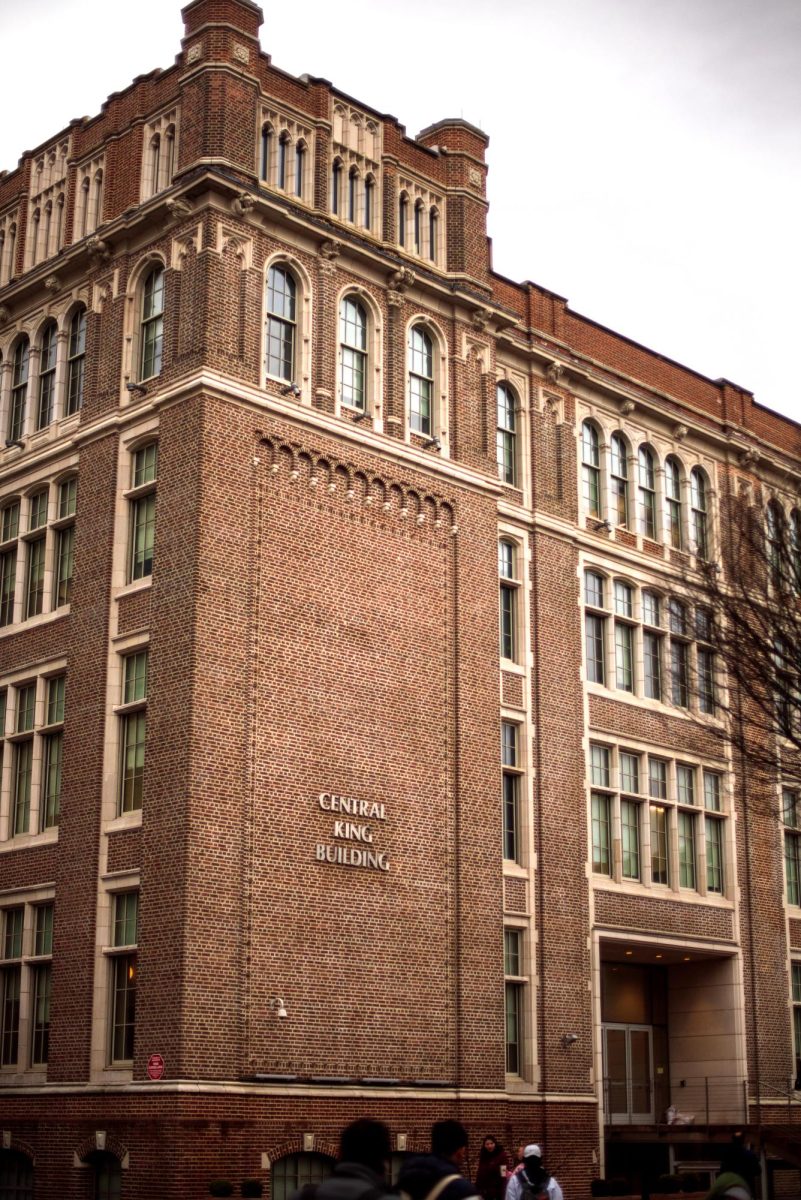On Monday, April 15, thousands of people around the world watched helplessly as strands of fire wrapped around the spire of the Notre Dame Cathedral in Paris, and smoke billowed to the heavens.
The Notre Dame Cathedral, a French Gothic Catholic cathedral on the Île de la Cité—the fourth subdivision of Paris, situated on the right bank of the Seine river—broke ground in 1163. The cathedral was completed nearly 200 years later, in 1345.
After years of decline, Victor Hugo’s novel “The Hunchback of Notre-Dame,” published in 1831, sparked new public interest in the cathedral. This led to a restoration project from 1844-1864 and increased the structure’s importance in the public eye.
More than just a feat of early architecture, the cathedral also has historical significance. The liberation of Paris under Nazi Germany’s rule during World War II was celebrated within the Notre Dame in Aug. 1944, with the singing of the “Magnificat.”
According to the Notre-Dame de Paris’ webpage on the site’s construction history, the cathedral’s façade was cleaned from centuries of soot and weathering substances in 1963. Another restoration project was carried out from 1991-2000.
Despite the series of restorative projects, the cathedral continued to show signs of age and deterioration. According a New York Times piece from the era, this prompted the French government to propose a new renovation program in the late 2010s.
In late 2018, a €6 million project to renovate the cathedral’s spire began. It was in the middle of this project that the roof of the Notre Dame caught fire last Monday, according to the Associated Press.
The fire, which burned for about 15 hours, caused serious damage.
Most of the oak frame and lead roofing were destroyed and collapsed onto the stone vaulting that formed the interior ceiling, according to Euronews and CNN. The New York Times reported that the spire (or flèche) was also destroyed.
While the cause of the fire is still unknown, it was originally speculated to be linked to ongoing renovation work, according to CNBC.
On April 16, Paris prosecutor Rémy Heitz told a press conference there was no evidence of a deliberate act of arson.
France’s interior ministry reported that about 500 firefighters battled the blaze on Monday evening. They were able to save the façade, towers, walls, buttresses, and stained-glass windows of the structure.
According to French authorities, the cathedral narrowly escaped structural damage that would likely have caused the building to collapse, according to The Guardian.
Near midnight on the night of the fire, French President Emmanuel Macron vowed to rebuild the Notre Dame, and launched an international fundraising campaign the next day. Twelve hours after the fire started, almost €900 million had been pledged to the cathedral’s reconstruction by people, companies, and institutions, according to Le Figaro.
Though the cathedral will most likely not be fully restored in time for the 2024 Olympic Games in Paris, tourists and Catholic pilgrims may soon be able to visit the UNESCO World Heritage Site once more.
Photo by Thomas Samson/Agence France-Presse — Getty Images































